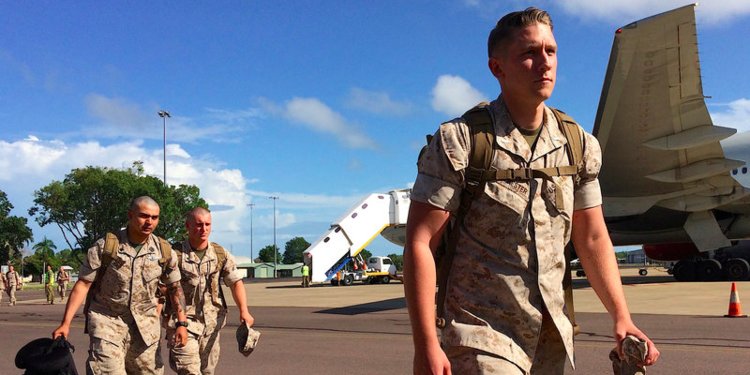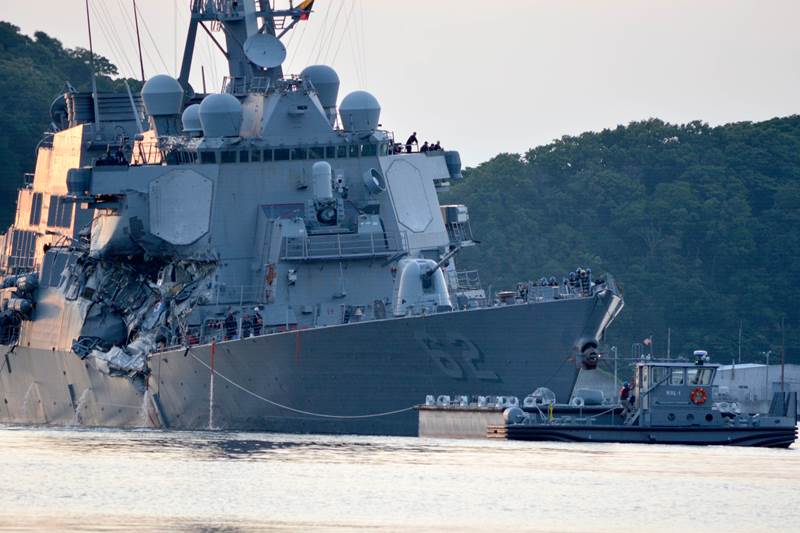
Congress may review the Corps' plan to redistribute its forces across the Pacific.

Congress may review the Corps' plan to redistribute its forces across the Pacific.

The ABC is reporting senior defence and federal government officials conceded the proposal may anger China even though it would be built as an industrial port.
However if approved it could eventually accommodate “large amphibious warships” such as landing helicopter docks and US military ships.
The ABC said it approached the Defence Department and the US Embassy in Canberra for comment, but both are yet to respond to detailed questions on timing and costs.
In a statement, the department said “Defence has no plans for the development of a new naval facility in the Northern Territory” while the US embassy declined to comment.
The NT Government says it is unaware of any plans for a US war base in Darwin.
In his first official visit to Darwin in May, US Ambassador to Australia Arthur Culvahouse said US relations to Australia were expected to build in the coming years.
Gunn Point Rd recently underwent $38 million upgrades which saw the resealing of the 35km stretch of road as well as resealing of Murrumujuk Rd.

Whether or not the NT will see more foreign boots on the ground, the ADF has been steadily improving and upgrading defence infrastructure in and around Darwin in recent years — a fact which falls somewhat contradictory to the reality that ADF numbers have been on a steady decline in Darwin for the past decade.

It's understood a formal announcement on the new maritime facility could be made as early as next month when the "Talisman Sabre" war games with the US begin in the Northern Territory and Queensland.

A spokesman for the U.S. Navy's Seventh Fleet in Yokosuka, the Fitzgerald's home port, said he was unable to comment on an ongoing investigation.